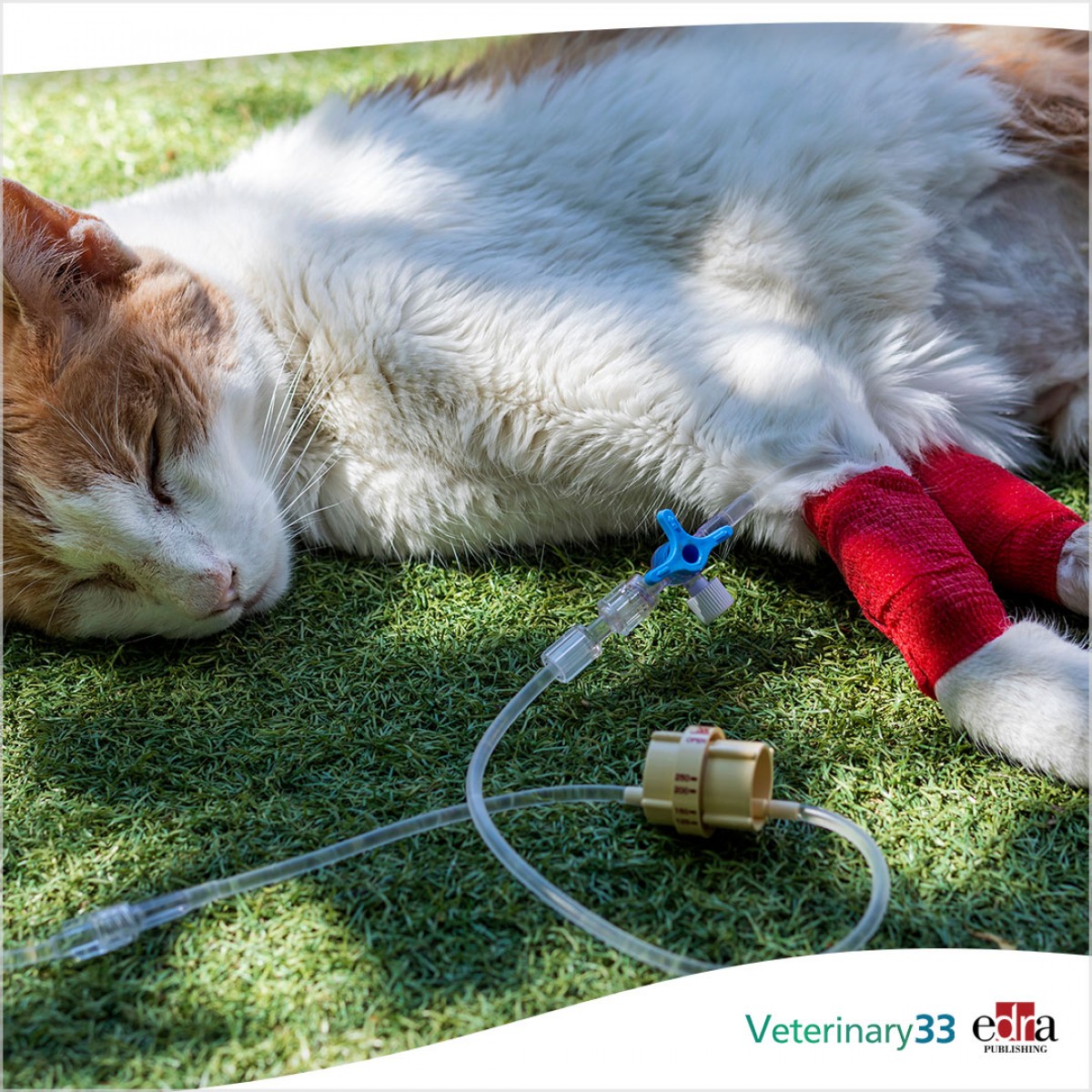Serum symmetric dimethylarginine concentration in healthy neonatal foals
SDMA cannot be used as a marker of renal dysfunction in this age group
Symmetric dimethylarginine (SDMA) is widely used in other species as a marker of renal dysfunction and is considered a more sensitive indicator of glomerular filtration rate than creatinine. Reference ranges are established in healthy adult horses (≤14 μg/dL) and concentrations are increased in horses with acute kidney injury (median 32 μg/dL; range 15-92).
To establish the normal range of SDMA concentrations in neonatal Thoroughbreds.
Blood samples were collected from Thoroughbred foals <36 hours old deemed healthy by physical examination. Exclusion criteria included foals from mares undergoing treatment for placentitis and foals that developed clinical disease or died/euthanased <2 weeks from birth. Biochemistry and serum SDMA concentrations were obtained.
Subjects included 120 foals. Median age was 13.5 hours (range 1.0-34.0). Median and 95% confidence interval for SDMA concentration was 69.0 µg/dL (63.0, 75.0; range 35.0-376.0). A cut-off value of 168 µg/dL would include 95% of individuals and is therefore suggested. Serum SDMA concentration was correlated with age (R= -0.3, P = 0.003), creatinine concentration (R = 0.6, P = <0.001) and urea concentration (R = 0.3, P = 0.002).
Limitations include a small sample size, no consideration of subclinical disease and a short follow-up period.
In equine neonates, SDMA concentration is higher than in adult horses, older foals and adults with acute kidney injury. Therefore, currently SDMA cannot be used as a marker of renal dysfunction in this age group. Further work is required to assess whether SDMA concentration is increased in neonates with renal disease and, if so, what cut-off should be used.
“Serum symmetric dimethylarginine concentration in healthy neonatal Thoroughbred foals”. Rachel L Gough, Kate F McGovern. Equine Vet J. 2021 Oct 4. doi: 10.1111/evj.13520.













List
Add
Please enter a comment